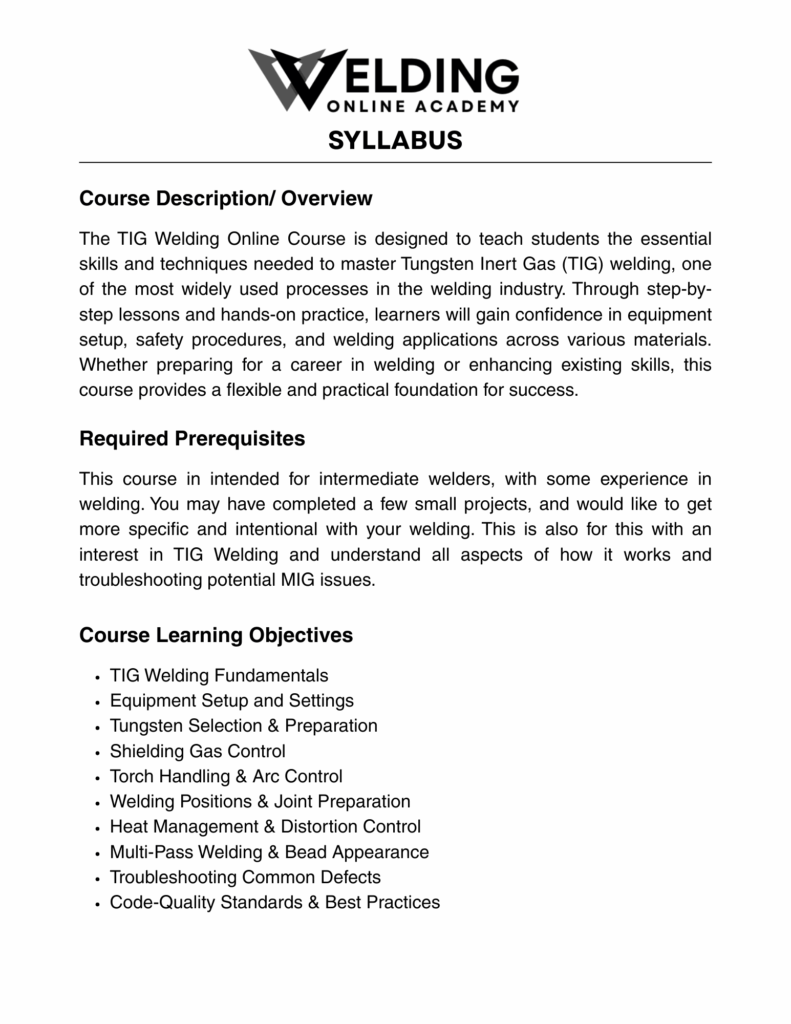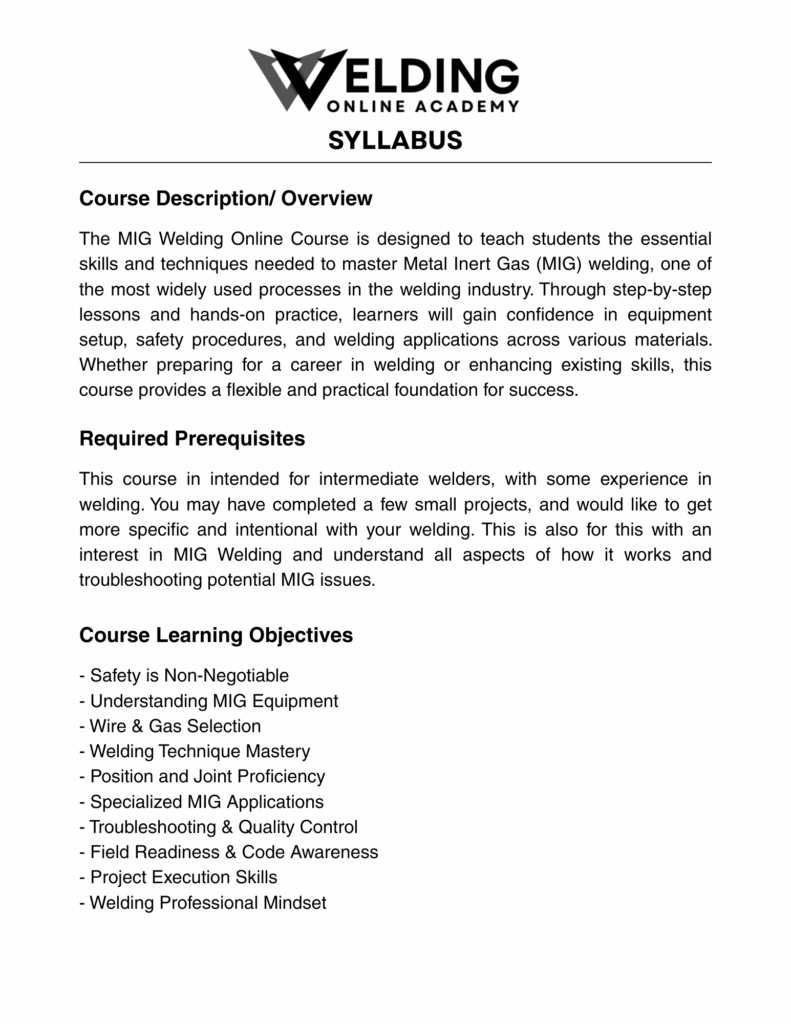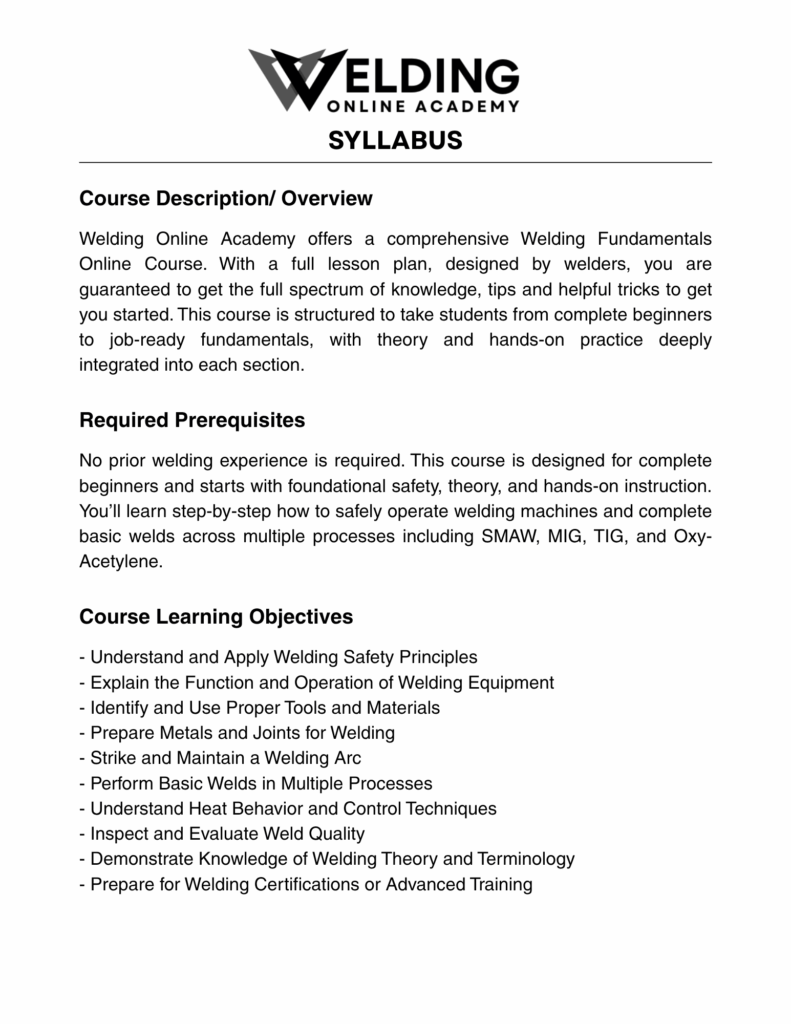Whether you’re looking to start a new career, tackle DIY metalwork, or simply want to learn a valuable hands-on skill, welding is one of the most practical trades you can pick up. But the first question every beginner runs into is the same: Which welding process should I learn first—Stick, MIG, or TIG?
Each welding process has its strengths, weaknesses, and learning curve. In this guide, we’ll break down Stick vs. MIG vs. TIG welding, explain the pros and cons of each, and help you decide which welding method is best for beginners.
The Basics: What Are the Main Types of Welding?
There are many types of welding, but for beginners, the three most common and accessible are:
- Stick Welding (SMAW) – Shielded Metal Arc Welding
- MIG Welding (GMAW) – Gas Metal Arc Welding
- TIG Welding (GTAW) – Gas Tungsten Arc Welding
Let’s break each one down in simple terms.
Stick Welding (SMAW)
What Is Stick Welding?
Stick welding is one of the oldest and most widely used welding methods. It uses a flux-coated consumable electrode, often called a “stick,” which creates an arc between the rod and the metal. The flux coating melts and forms a protective gas shield around the weld pool.
Pros of Stick Welding:
- No external shielding gas needed – great for outdoor and windy conditions.
- Works on dirty, rusty, or painted metal – less surface prep required.
- Inexpensive and portable equipment.
- Good penetration – ideal for thicker materials.
Cons of Stick Welding:
- More spatter and slag cleanup required.
- Steeper learning curve – maintaining arc length and avoiding sticking takes practice.
- Not ideal for thin metals – risk of burning through.
Is Stick Welding Good for Beginners?
Stick welding teaches solid fundamentals, like arc control, puddle watching, and manual dexterity. While it can be frustrating at first, it’s incredibly useful for real-world welding where conditions aren’t perfect. If you plan to work on farm equipment, fences, trailers, or structural steel, this is a great skill to learn first.
Best for: outdoor projects, heavier steel, field repairs, and budget-conscious learners.
MIG Welding (GMAW)
What Is MIG Welding?
MIG welding uses a spool-fed wire that melts into the joint as you weld, along with a shielding gas (usually Argon/CO₂) to protect the weld from contamination. This process is semi-automatic, meaning the wire feeds continuously as you weld—just pull the trigger and go.
Pros of MIG Welding:
- Easiest to learn – often recommended as the best welding process for beginners.
- Very clean welds – minimal spatter and no slag.
- Fast and efficient – great for production and repetitive tasks.
- Ideal for thin sheet metal and auto body work.
Cons of MIG Welding:
- Needs clean metal – rust, paint, or grease can ruin the weld.
- Shielding gas required – not great for outdoor use.
- More expensive setup – machine, gas tank, and wire.
Is MIG Welding Good for Beginners?
Absolutely. MIG welding is forgiving and easy to control, making it a fantastic entry point into welding. You’ll learn how to manipulate a weld pool and lay down a consistent bead without having to strike arcs manually. Most people can lay a decent MIG bead within their first hour of practice.
Best for: beginners, clean indoor workspaces, auto body repair, light fabrication, and hobbyists.
TIG Welding (GTAW)
What Is TIG Welding?
TIG welding uses a non-consumable tungsten electrode and a separate filler rod to create precise, high-quality welds. A foot pedal typically controls the heat, while the operator manually feeds the rod into the weld puddle. This process uses 100% Argon as the shielding gas.
Pros of TIG Welding:
- Most precise and clean welds – excellent for visual appearance.
- Works on all metals – aluminum, stainless, mild steel, titanium, etc.
- No spatter or slag.
- Superior control over heat and penetration.
Cons of TIG Welding:
- Steepest learning curve – requires two hands and a foot pedal.
- Slowest process – not ideal for production speed.
- Requires extremely clean metal and workspace.
- Most expensive setup.
Is TIG Welding Good for Beginners?
TIG is best learned after you’ve mastered basic welding techniques. While it’s incredibly rewarding and essential for jobs like aerospace, medical, food-grade fabrication, and artistic work, the coordination required can overwhelm most beginners.
Best for: advanced welders, aluminum welding, artistic projects, stainless work, and anyone seeking perfection.
Stick vs. MIG vs. TIG: Head-to-Head Comparison
| Feature | Stick (SMAW) | MIG (GMAW) | TIG (GTAW) |
|---|---|---|---|
| Ease of Learning | Moderate | Easiest | Hardest |
| Cost to Start | Lowest | Moderate | Highest |
| Cleanup Required | High (slag/spatter) | Low | Very Low |
| Ideal Metal Thickness | Medium–Thick | Thin–Medium | Thin–All Thicknesses |
| Portability | Excellent | Fair (requires gas) | Fair (requires gas) |
| Precision | Moderate | Good | Excellent |
| Outdoor Suitability | Excellent | Poor | Poor |
Which Welding Process Should You Learn First?
Start with MIG if…
- You’re a complete beginner
- You want quick, clean results with minimal frustration
- You have access to a garage or indoor space
- You’re working on cars, small fabrication, or home projects
Choose Stick if…
- You’re welding outdoors or in less-than-ideal conditions
- You want to learn solid manual technique and arc control
- You’re interested in farm, industrial, or structural projects
- You’re on a budget and want the most bang for your buck
Learn TIG if…
- You’ve already tried MIG or Stick and want a challenge
- You need surgical precision or cosmetic-quality welds
- You’re welding stainless steel, aluminum, or exotic metals
- You’re pursuing welding as a long-term profession
In summary…
You don’t need to master all three processes at once. Start with the one that matches your goals and workspace, then build from there. Most professionals start with MIG or Stick, and move into TIG as their skills improve and needs expand.
No matter which process you choose, focus on mastering:
- Safety
- Machine setup
- Arc control
- Bead consistency
- Metal preparation
With time, practice, and the right foundation, you can expand into any welding discipline. Thus we find your answer to the age old question Stick, MIG, or TIG
Want to Learn More?
If you’re ready to start your welding journey, check out our full Welding Fundamentals Course, where we cover:
- Welding safety
- Machine setup
- Joint types
- SMAW, MIG, TIG, and Oxy-Acetylene fundamentals
- And much more!
FAQ: Stick, MIG, or TIG — Which Should You Learn First?
Which welding process should a beginner learn first?
Most beginners start with MIG because it’s the most forgiving and fastest to learn for clean, indoor projects. Choose Stick if you’ll weld outdoors or on thicker, less-clean steel. Move to TIG after mastering basics when you need precision and cosmetic-quality welds.
What’s the difference between Stick, MIG, and TIG welding?
Stick uses a flux-coated consumable electrode and needs no external gas; it excels outdoors and on thicker steel but produces more spatter/slag. MIG feeds wire with shielding gas for clean, fast welds—great for thin to medium metals in indoor settings. TIG uses a non-consumable tungsten electrode with a separate filler rod for the most precise, clean welds but has the steepest learning curve and slower speed.
Which process works best outdoors or in windy conditions?
Stick welding is best outdoors because it doesn’t require external shielding gas. MIG and TIG depend on shielding gas and are more sensitive to wind.
Which welding method is better for thin sheet metal vs. thick materials?
MIG is ideal for thin sheet metal and auto-body work. Stick offers strong penetration on thicker materials. TIG can handle a wide range—including thin metals—with the highest precision, but it’s slower and more advanced.
How do cost and learning curve compare among Stick, MIG, and TIG?
Stick typically has the lowest startup cost but a moderate learning curve and more cleanup. MIG has a moderate cost and is the easiest to learn. TIG is the most expensive to set up and the hardest to learn, but it delivers the cleanest, most precise results.




